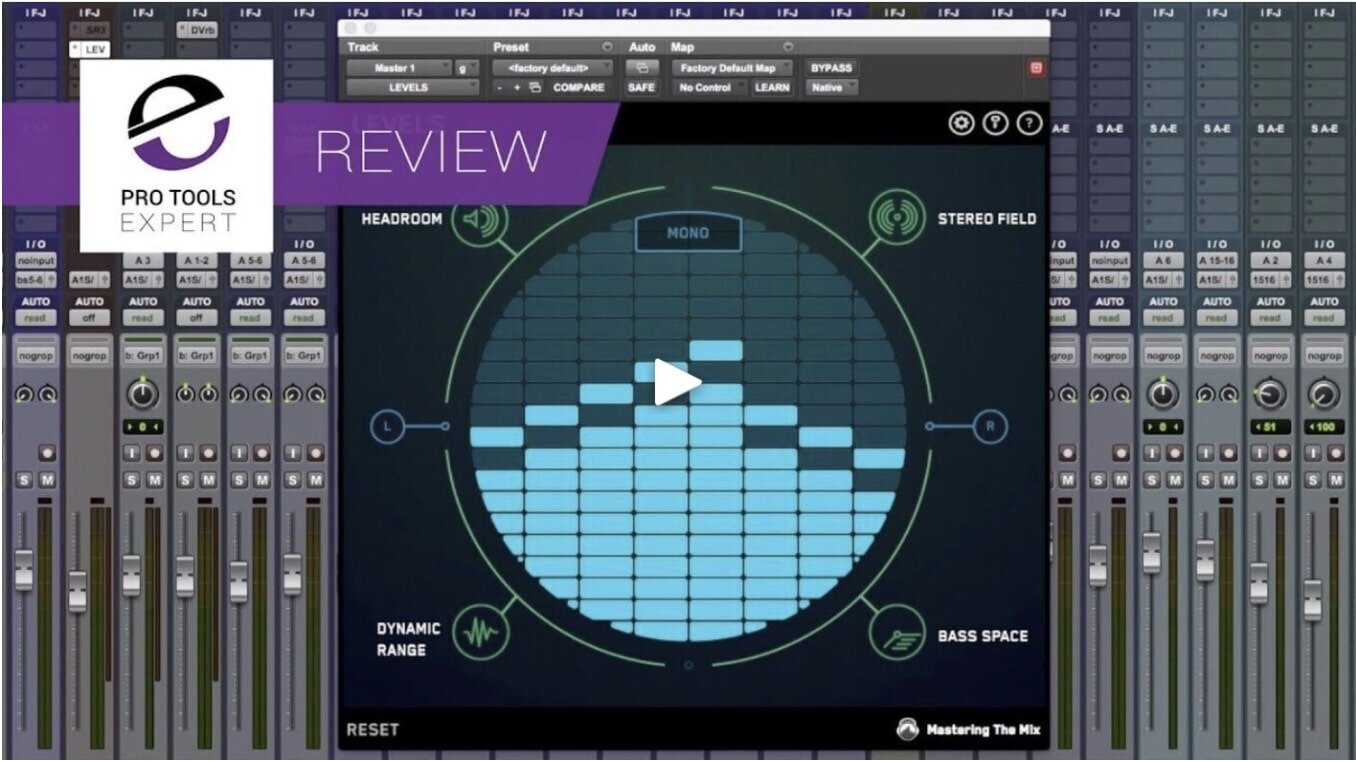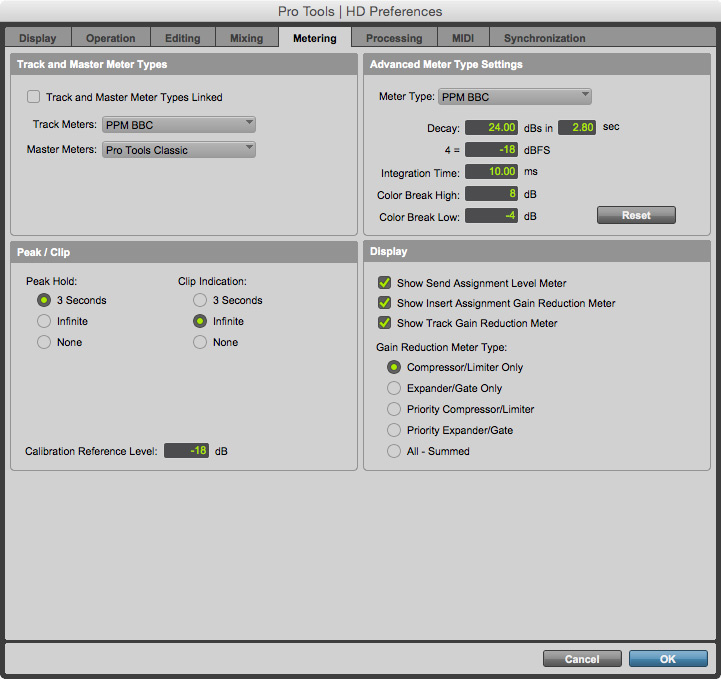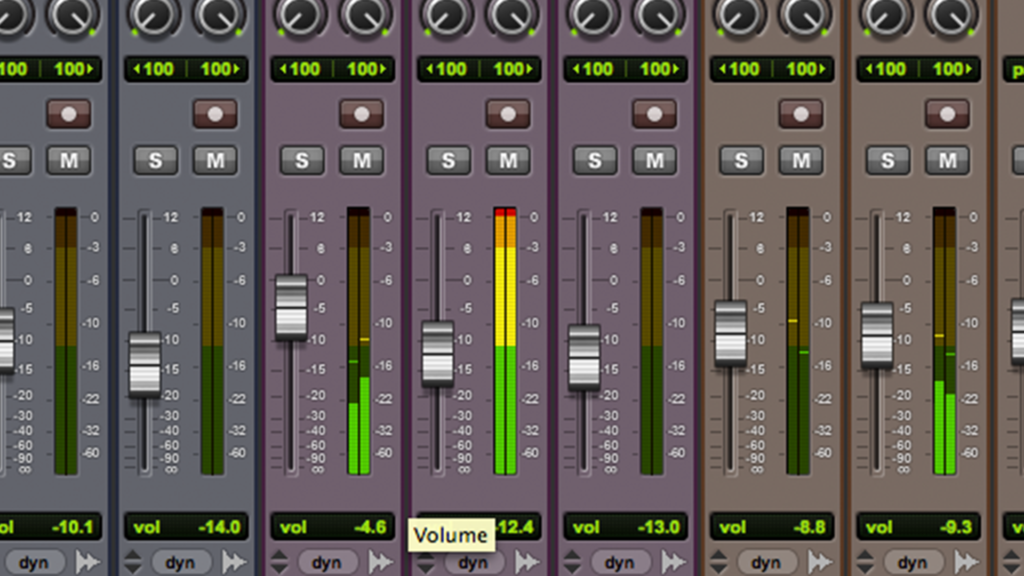
To break it down, “tracking” is the process of recording or creating the instrumental tracks themselves. With some electronically-oriented genres (such as pop, EDM, hip hop, RnB, and rap) musicians tend to do a lot of mixing and mastering naturally while producing the track in the first place! Understanding the Different Terms Many musicians and producers do their own mixing and mastering. Now, more people are handling both on their own. In fact, the studios for mixing and mastering were even set up differently, and different types of gear were preferred for each. Traditionally, mixing and mastering were totally separate processes, performed by different people. The most basic being the definition of mastering, and how it relates to mixing. While the phrase “how much headroom to leave for mastering” seems straightforward, many of the basic concepts involved are frequently confused. The basic concepts are all the same at this stage. And these rules apply no matter your genre hip hop, rock, pop, indie, metal, punk, folk.
Best metering to use in protools 12 for mastering pro#
This guide works no matter what DAW you are using to produce music- Pro Tools, Logic, Ableton, FL Studio, Reaper, Reason, or more.

It’s worth understanding in more detail if you want your music to truly shine. But the answer is slightly more complicated. At the time of writing (2019) the only true rule is that your mix should not reach or go above 0 dB. And I said “know” intentionally- because it’s false. For example, many people “know” that you should leave 6 dB headroom in a track before mastering. Others were once true, or once sometimes true, but are no longer relevant. A lot of commonly repeated facts are simply untrue. This marriage of tradition and innovation, folk wisdom and scientific precision, leads to a lot of confusing and contradictory advice about music production these days.


Yet, since the advent of the digital age, technology has raced forward to change the way music is made (even changing year-to-year sometimes!) Some of the most beloved gear to this day was invented in the 1950s-1960s, including the Shure SM57 (1953), Fender Stratocaster (1954), Neumann U87 (1967), and countless other examples. The world of music is an unpredictable mix of primitive and cutting-edge technology.


 0 kommentar(er)
0 kommentar(er)
